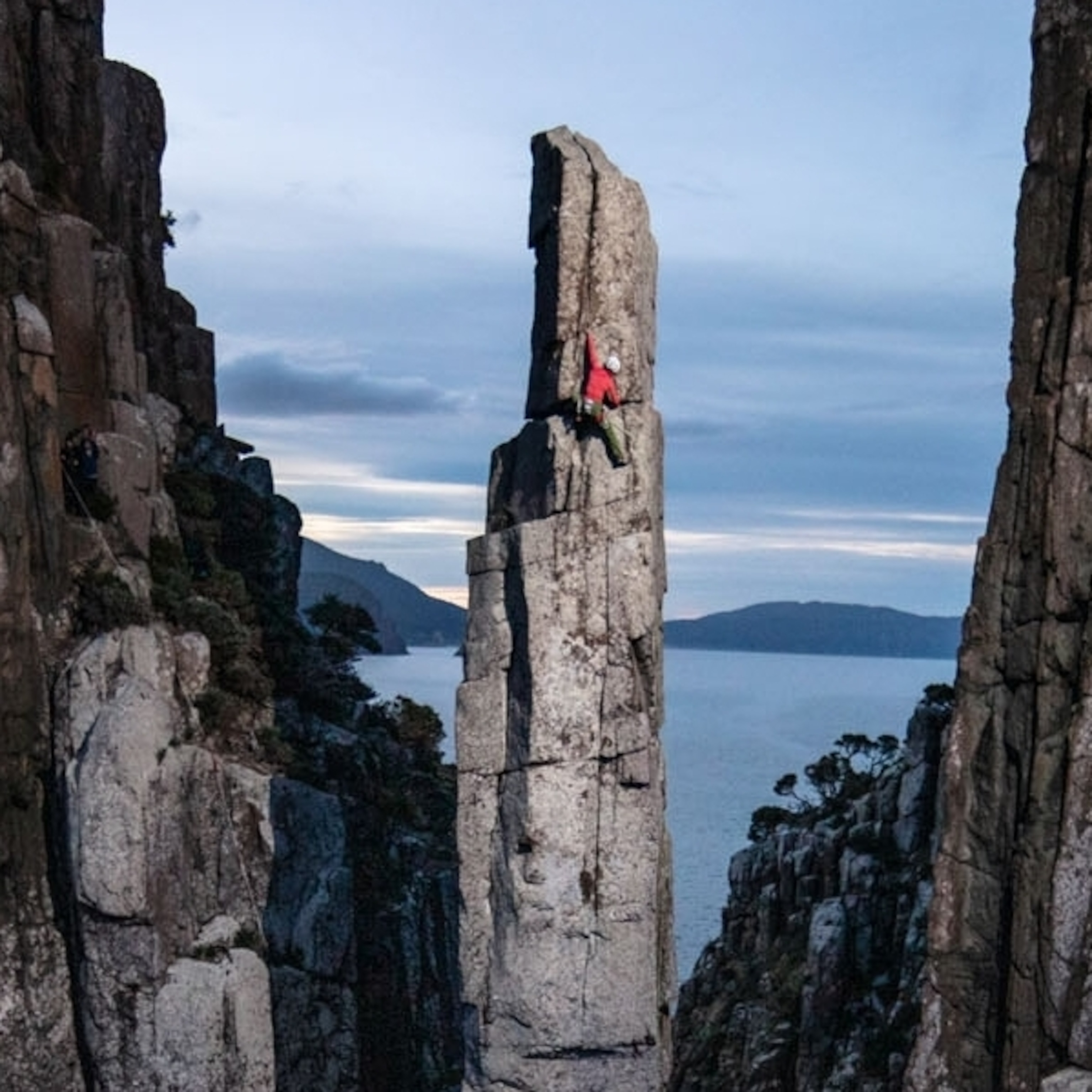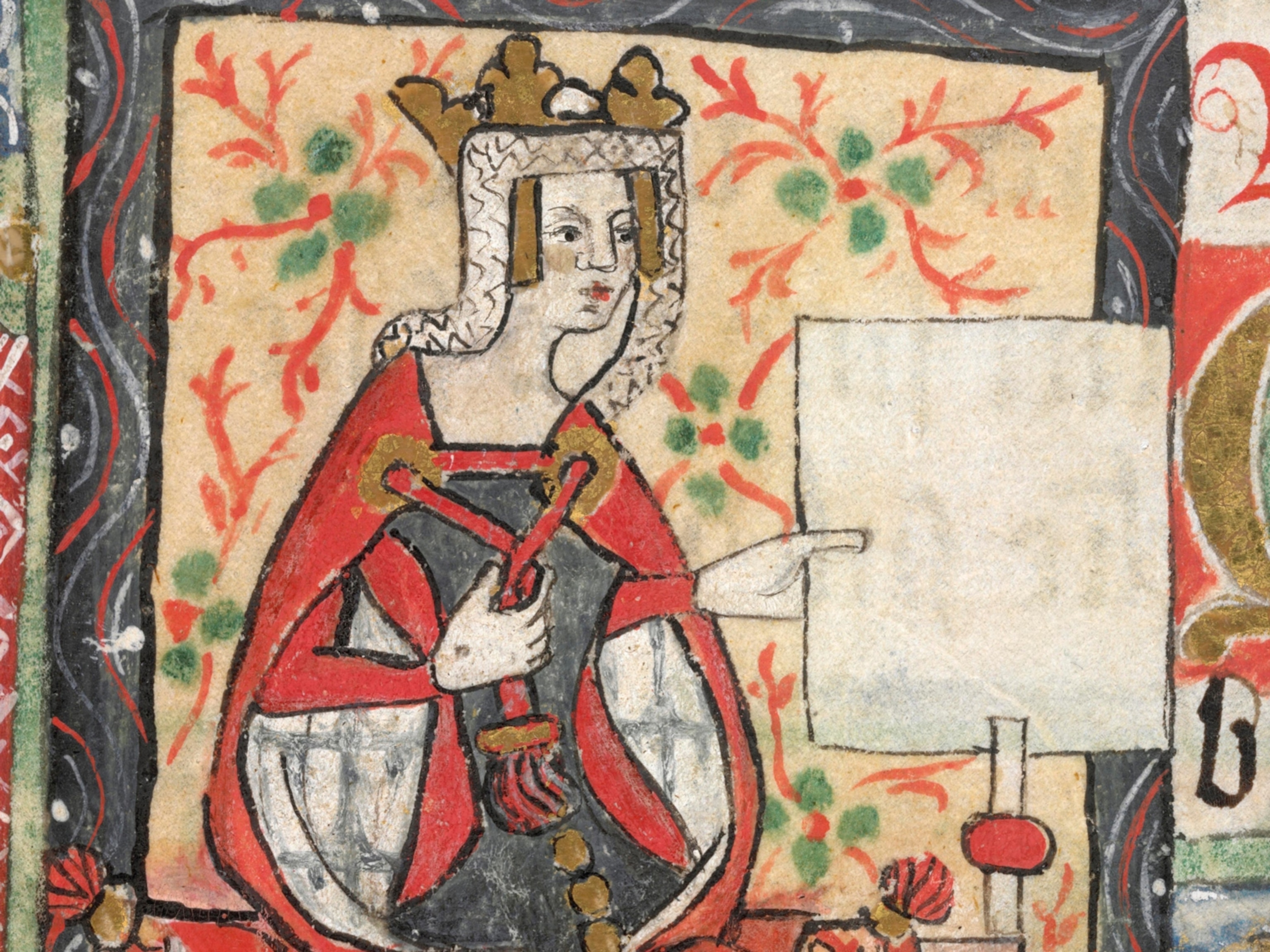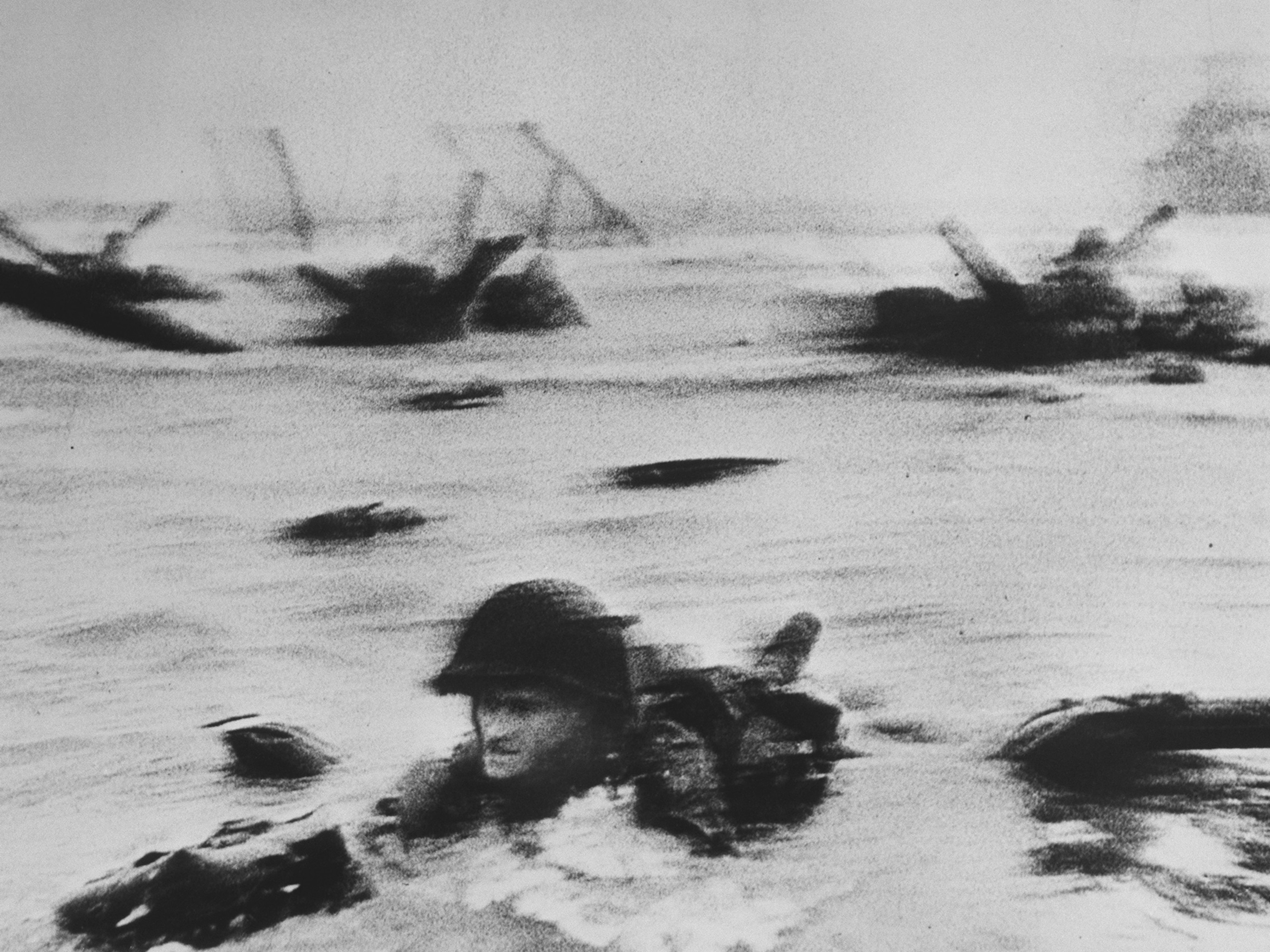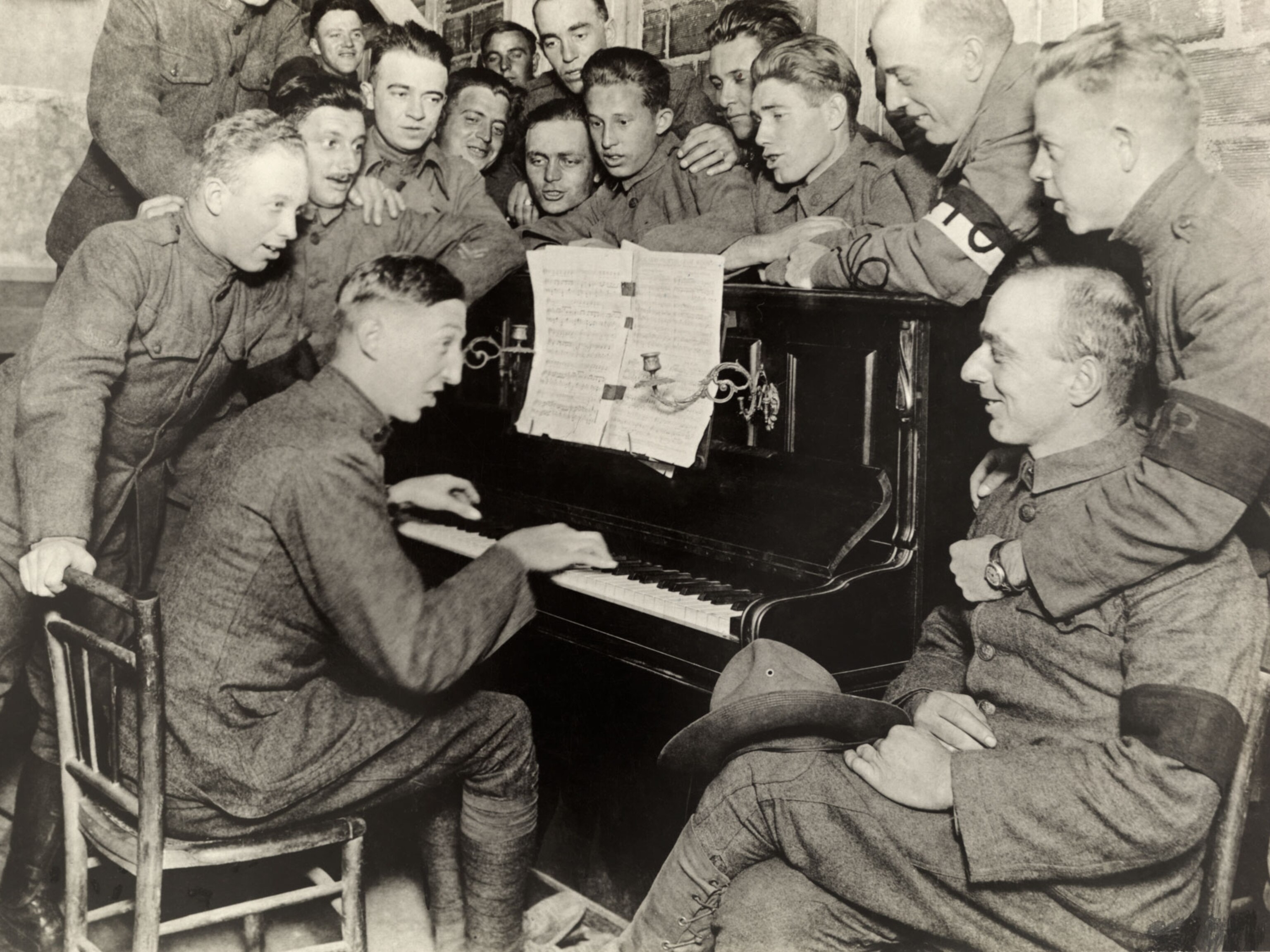
A war photographer looks back at her life on the road
Anastasia Taylor-Lind started life in caravans in southern England and ended up photographing women fighters in Kurdistan.
Hear Taylor-Lind talk about her life and work in season three, episode seven of our podcast, Overheard at National Geographic. Learn more at natgeo.com/overheard.
I grew up traveling. My dad was from inner-city London but had a dream of heading out to the countryside and living in a horse-drawn wagon.
I was born on the road in 1981 and spent my first few years of life traveling in southern England with my parents and our horses. Eventually, my parents bought a field in Devon where we lived in caravans [trailers].
Until I was 13 years old, we had no running water or electricity—so, obviously, no TV. But my dad was a great storyteller; I grew up engrossed in tales about his hippie-trail travels throughout Europe, America, and Asia. And my mom read children’s novels and poetry aloud to me every night at bedtime. Early on, I thought I might like to be a war poet when I grew up, like Siegfried Sassoon or Wilfred Owen.
In high school I took a photography class and came across a book with images that British photographer Don McCullin took in the Vietnam War. They were gritty black-and-white pictures of wounded young marines tending to each other. These photos were very dramatic—and romantic too. They felt familiar, reminding me of the World War I poetry that I knew.
Until then, it had never crossed my mind that I could be a photojournalist, and in some unconscious way, I must have also thought that photographing war would be easier than writing poems about it. So I told my parents I wanted to become a war photographer. My mom freaked out—she didn’t want me working in dangerous places—but my dad was very supportive from the beginning. He thought it would be a great way to live my life.
I stationed myself with a small unit of peshmerga women on an army base. This is how you tell a story of someone’s life—through small details.
I studied documentary photography at university, and in 2003 I went to Iraqi Kurdistan to make a story about a women’s unit of the peshmerga that had been fighting alongside the British and American forces. My dad had traveled through Kurdistan in the late 1970s and told amazing stories about the hospitality he’d received from strangers there. While everyone else in my family was worried about my going on my first overseas reporting trip, my dad told me I’d never be lonely or hungry or in need of a place to stay in Iraq. He was right.
He also persuaded my grandma to lend me money for the trip, a thousand pounds in cash. To keep it safe, I put the 20-pound notes in plastic bags under the insoles of my boots. With 500 pounds in each boot—then a huge amount of money to me—I crossed the border from Turkey. I was 22 and very unworldly; I didn’t know it’s customary to take your shoes off when you enter homes in the Middle East. I learned this as soon as I arrived in Dihok and had to leave my cash-filled boots on the front porch.
I stationed myself with a small unit of maybe two or three dozen peshmerga women on an army base outside Slemani. I lived there for a few weeks, photographing every aspect of their daily lives. I didn’t have a lot of experience in making photo stories, but I knew a good start would be to make pictures of everything, day to day—the women sleeping, brushing their teeth in the morning, training, guarding checkpoints, cooking dinner. I didn’t know it then, but this is how you tell a story of someone’s life—through small details. For years now, I’ve documented different people in different places doing much the same thing.
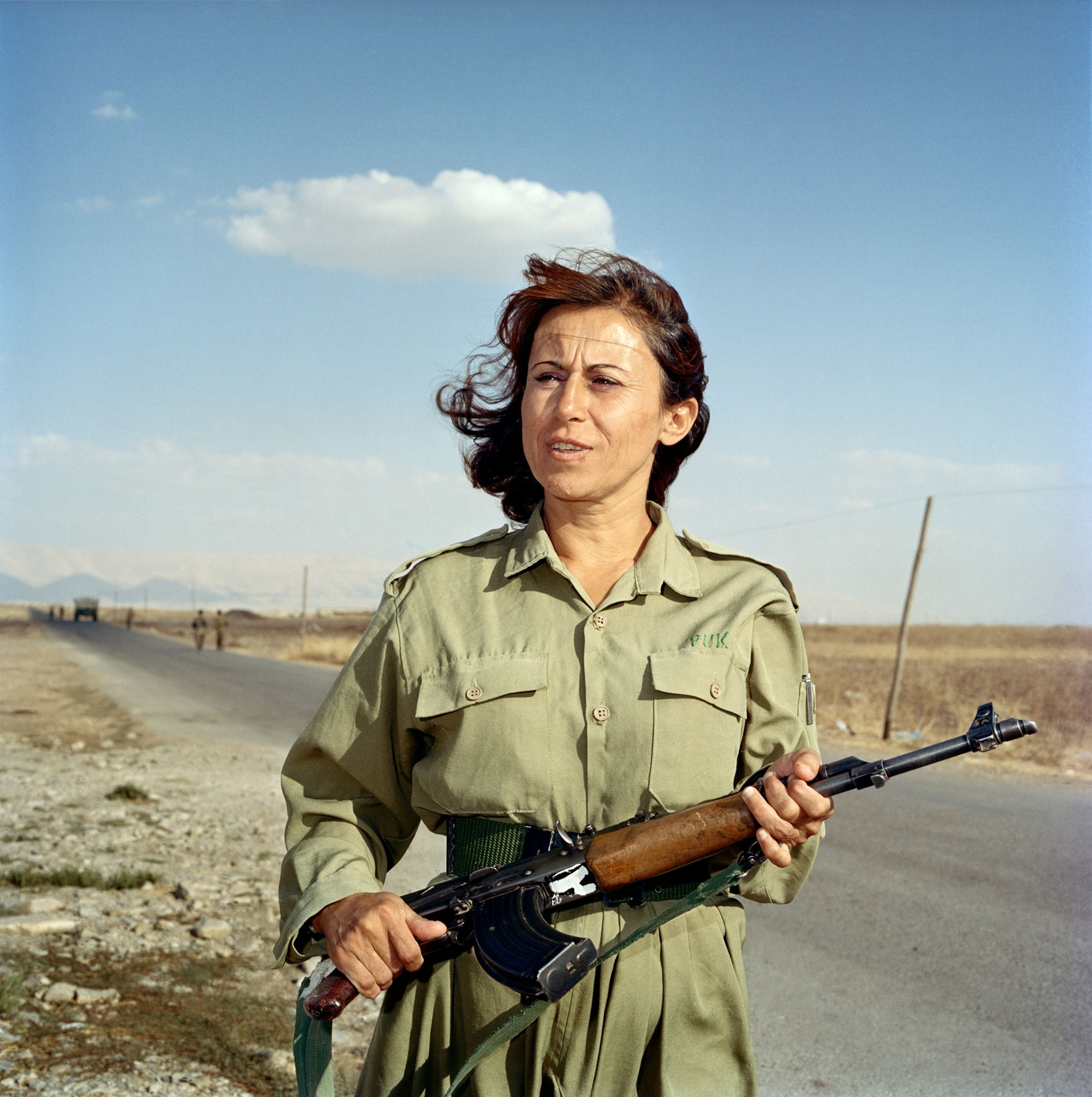
The picture you see here is of a soldier named Gashaw Jaffar, at the checkpoint where she was standing guard, armed with a Kalashnikov. I had never entered my work in any contests until I submitted this picture to a photography competition run by the Guardian, a U.K.-based independent newspaper. To my disbelief, I was awarded first prize.
David Bailey, the English portrait photographer, was one of the contest judges. He likened my portrait to the famous picture of Che Guevara by Alberto Korda. I was given 5,000 pounds—more money than I’d ever had in my life—and a commission from the Guardian to go back to Kurdistan and photograph the women combatants of the Kurdistan Workers Party, or PKK, a separatist group. That prize was my first big break as a photojournalist.
I revisited the same peshmerga base in 2014, a decade after my first trip. Gashaw had retired, but many of the younger women I’d met before were still there. This time they were fighting a new enemy: ISIS. On a tight schedule, I had only two days to make portraits of the women and their unit commander, Col. Rangeen Yusuf. A month after I photographed her, Yusuf became the first peshmerga woman to be killed in combat against ISIS, on October 11, 2014.
From a young age, I had wanted to see with my own eyes what war looked like. In Kurdistan I learned that war didn’t look like a Don McCullin photograph—and that it wasn’t like a Wilfred Owen poem either.
I think my interest in war coverage stemmed from a naive belief that telling stories about violence might be a solution to violence itself. As a kid, I assumed that wars happened because nobody knew about them, and if people took pictures, then they could help stop wars. Of course, I now know that’s not true.
My father always believed I would become a photojournalist. He supported my career, proudly showing copies of the magazines I was published in to his friends, until he died in 2017.
My mom eventually became a psychotherapist and a mediator whose work presents solutions to violence. What my mother does has inspired me to refine how I make pictures of war. Now I am more intentional about including the perspectives of women. I avoid harmful tropes that reduce real people to characters in international war stories. And most of all, I focus on the daily experiences of individuals. Even in conflict zones, people keep on living.
Anastasia Taylor-Lind, a National Geographic photographer and storyteller based in London, has worked in conflict zones in Ukraine, Iraq, Gaza, Afghanistan, and Nagorno-Karabakh.
The National Geographic Society, committed to illuminating and protecting the wonder of our world, has funded Taylor-Lind’s work. Learn more about the Society’s support at natgeo.com/impact.
This story appears in the August 2021 issue of National Geographic magazine.

